Ospreys Nesting on a Power Pole Perch
The Amazing World of Ospreys Nesting on Power Poles
Nesting on power poles might not be the first place that comes to mind when thinking about birds building their homes, but for ospreys, it's a common occurrence that showcases their adaptability and resilience in the face of changing environments. By installing a platform on the top of a power pole located near the lake, ospreys were invited to nest there. We stumbled on to this incredible nesting pair by pure accident while looking for a nice location for a picnic.
Understanding Ospreys
Ospreys, also known as sea hawks or fish eagles, are magnificent birds of prey that are well-known for their incredible hunting skills and distinctive appearance. With a wingspan of up to six feet and a diet consisting mainly of fish, these birds are a sight to behold as they soar through the sky, searching for their next meal.
The Appeal of Power Poles
While ospreys typically prefer to build their nests in tall trees near water bodies, the increasing human presence in their habitats has led them to explore alternative nesting sites. Power poles, with their height and sturdy structure, have become an attractive option for these birds looking for a safe and elevated spot to raise their young.
The Challenges of Nesting on Power Poles
Nesting on power poles presents its own set of challenges for ospreys. Not only do they have to contend with the potential dangers of electrocution, but they also risk causing power outages if their nests interfere with the electrical equipment. Utility companies often have to take preventive measures to protect both the birds and their infrastructure.
Conservation Efforts
Despite the challenges, efforts are being made to ensure the safety and well-being of ospreys nesting on power poles. Some utility companies have installed platforms or nesting structures on poles to provide a safer alternative for the birds. Conservationists also work to educate the public about the importance of coexisting with these majestic birds and protecting their habitats.
Osprey and friends.
I expected the first order of business for the day would be hunting and eating. But, in fact as the sun rose, they began to fetch small branches for their nest.
Can’t find what you’re looking for? Use the Search option below.
* * * * * * *
As a published, featured northern California fine art photographer living in the greater Sacramento area, I specialize in fine art landscape, nature, and still life photography. My style is authentic, fresh and personality-driven. I offer several educational opportunities including workshops and photography mentoring. You can learn about them by going to SERVICES and WORKSHOPS. While currently living in rural northern California with my husband and a couple thousand walnut trees, I post regularly to Instagram.
Please CONTACT ME with any questions or to schedule your learning session.
Serving Yuba City/Marysville, East Nicolaus, Wheatland, Lincoln, Woodland, Davis, Roseville, Rocklin, and the greater Sacramento area.
(530) 633-7575
Join other advanced photographers who are recognized for their technical and creative work. Learn more HERE.

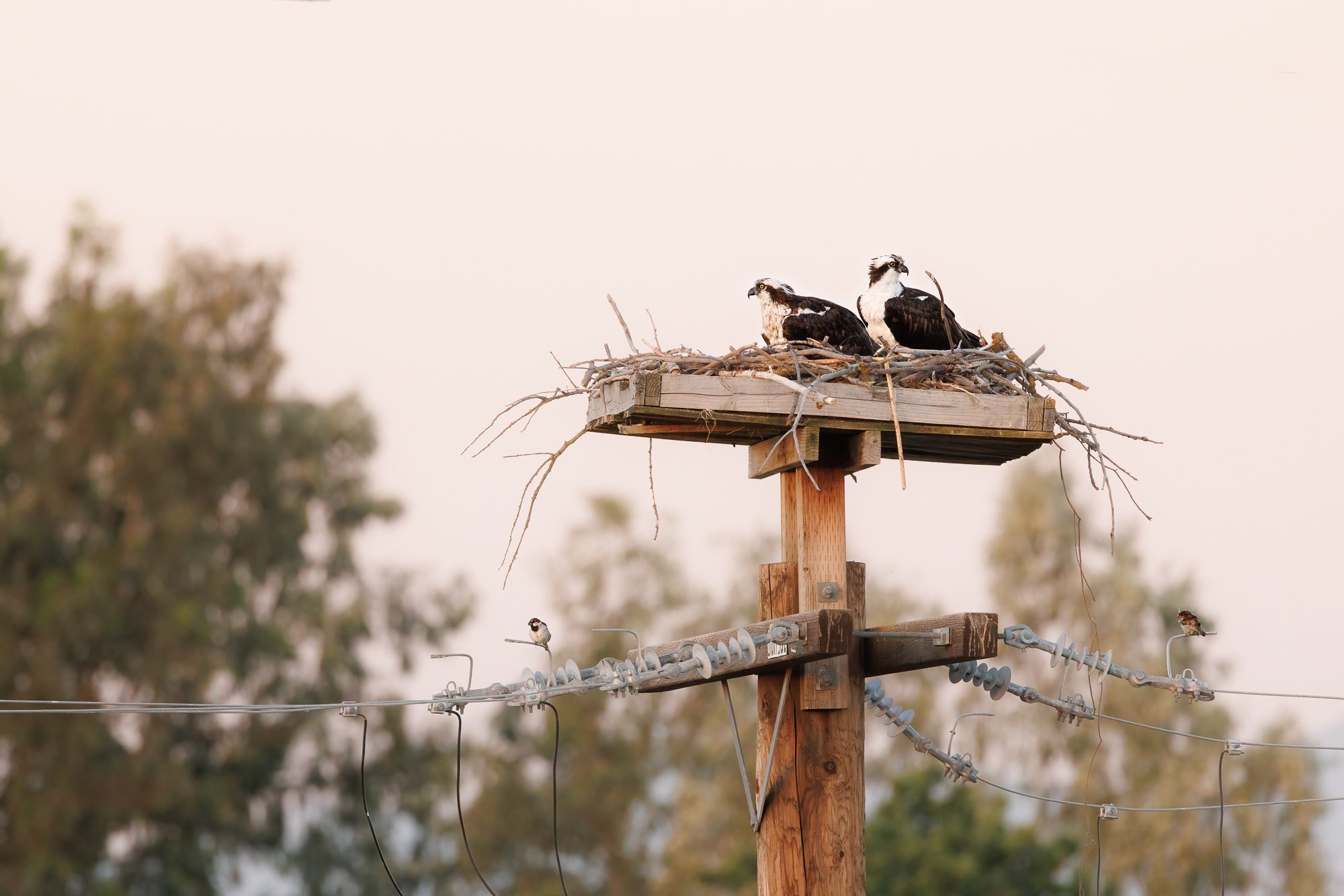












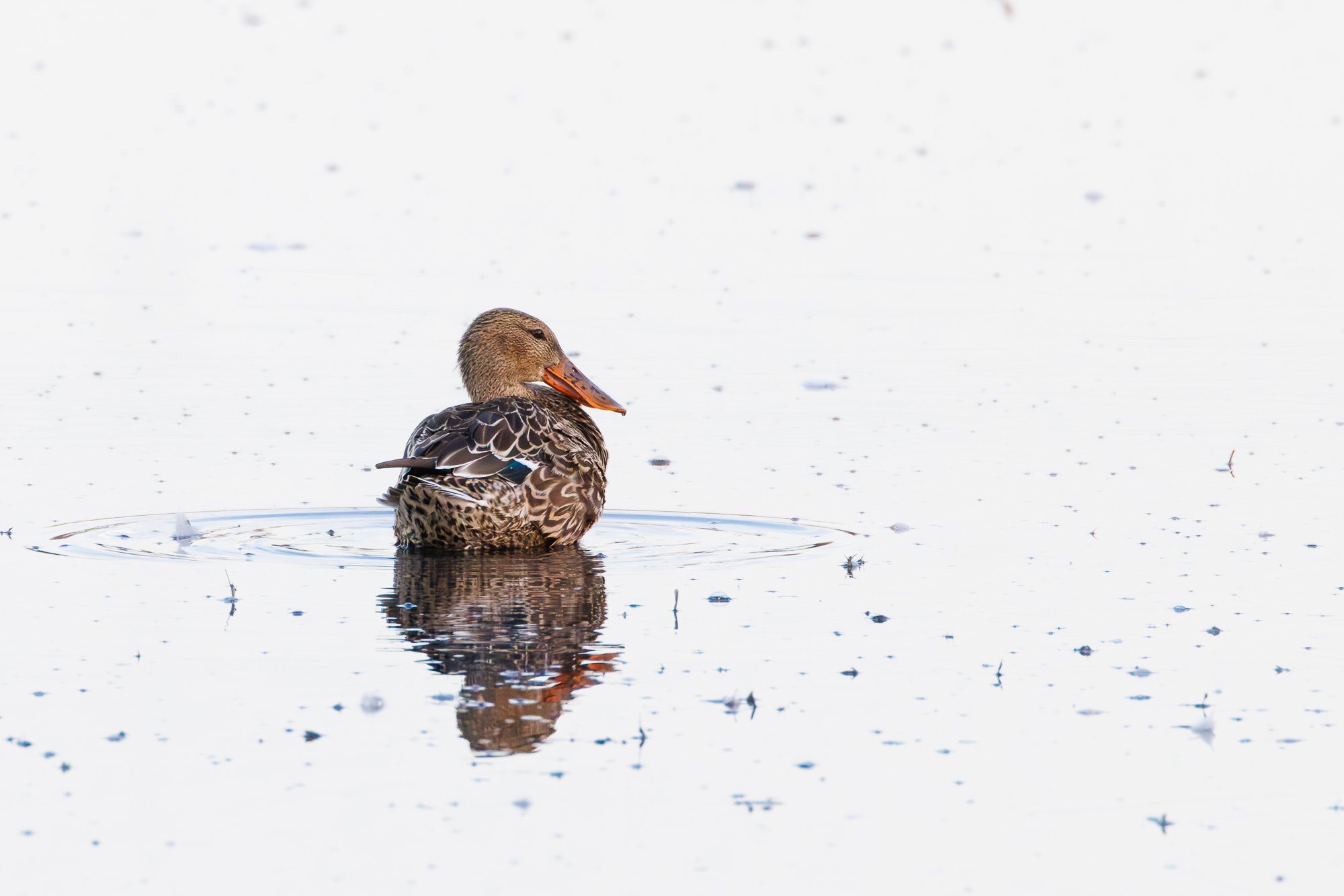
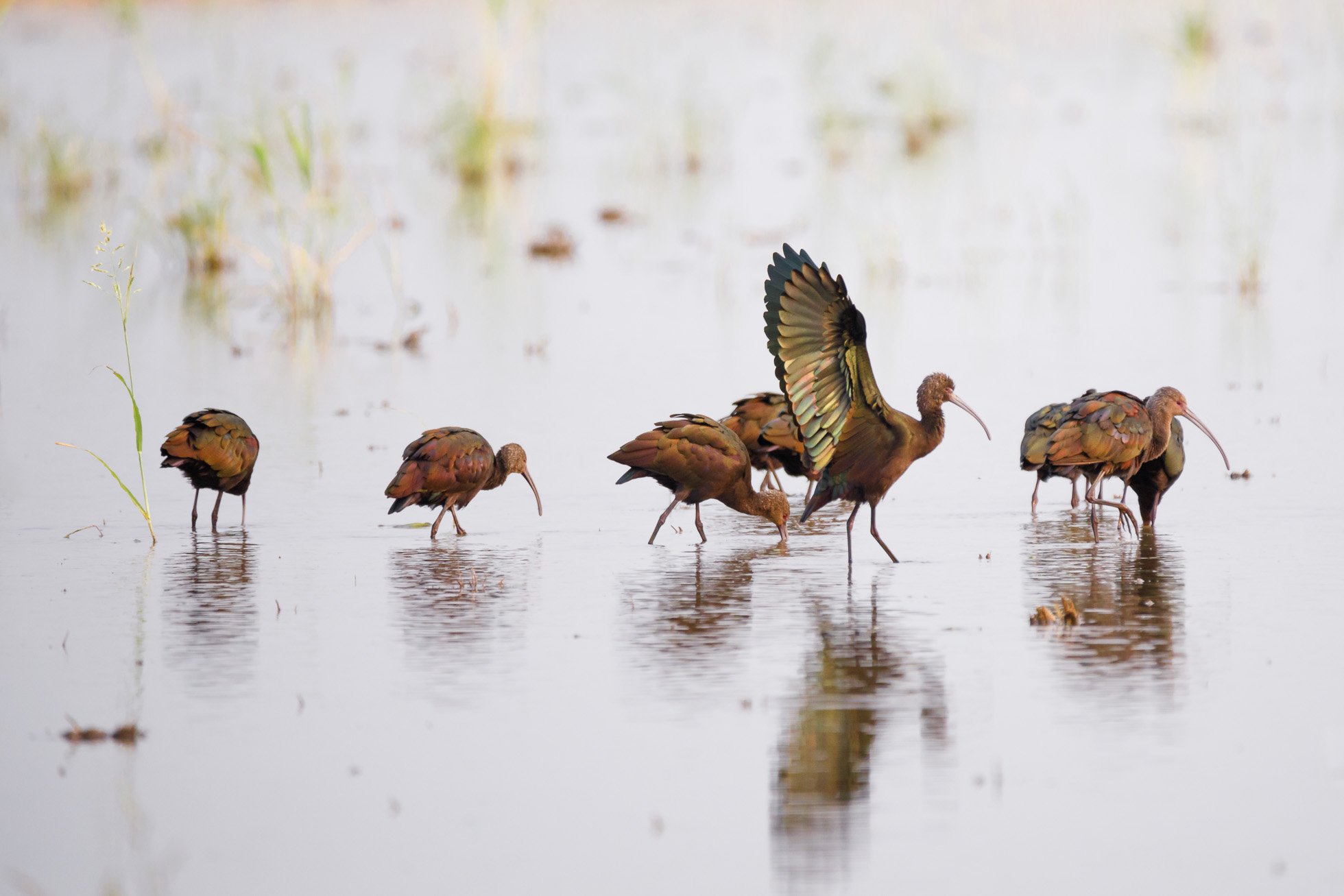


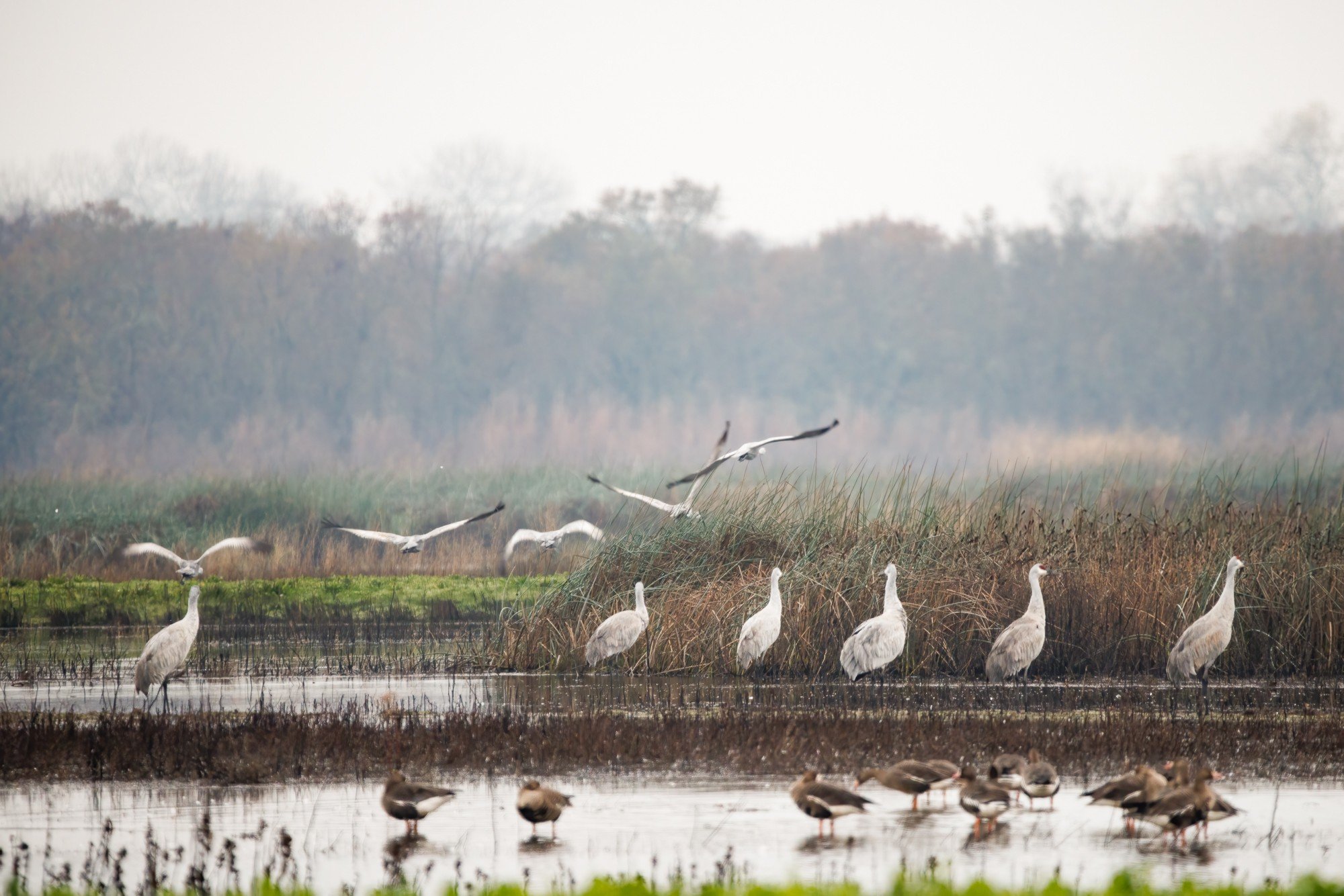
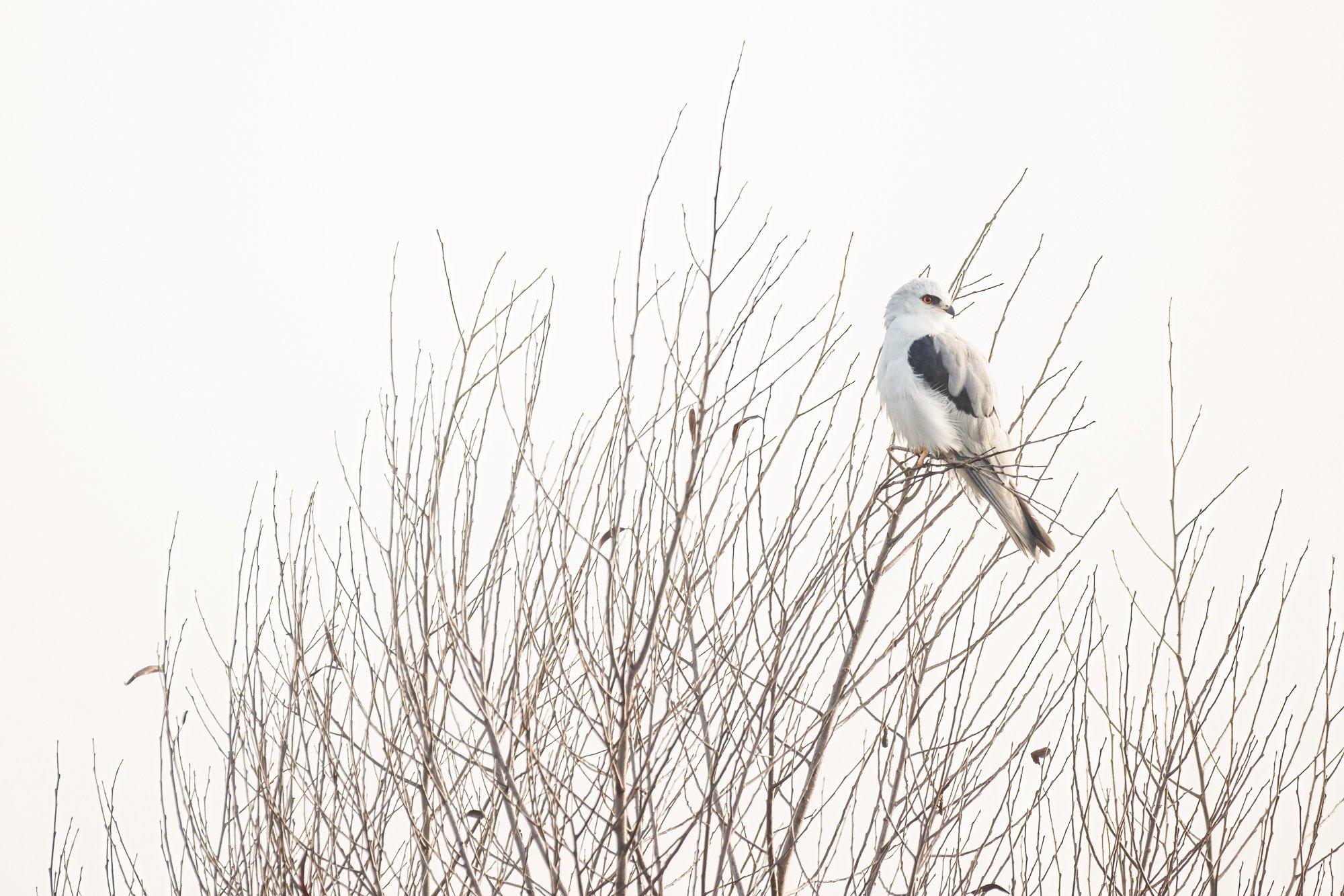
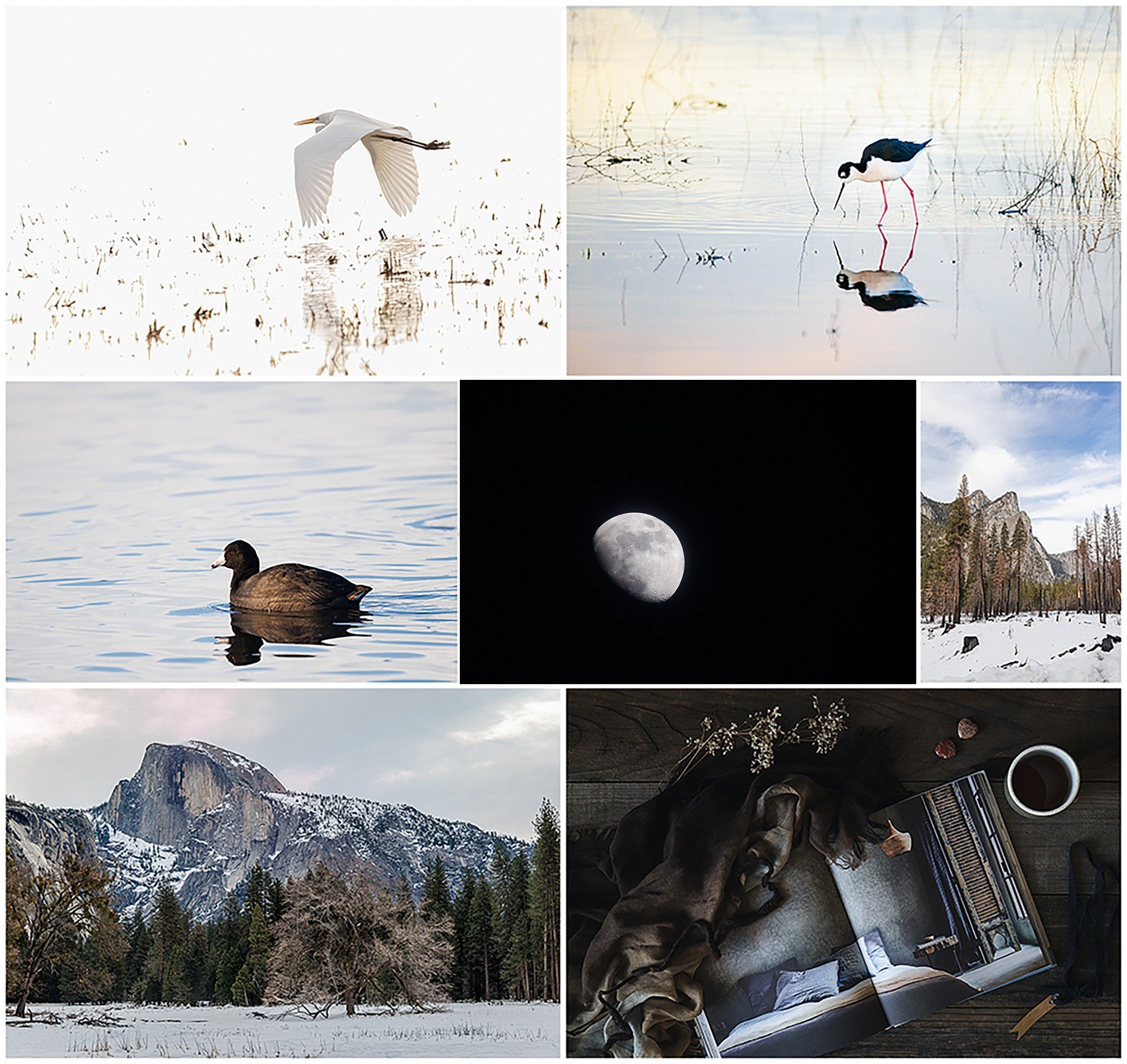







As my interests evolved in photography subjects, I became interested in wildlife and, ultimately, birds. Because birds are everywhere, they are just such a great subject. Each year during the winter there are thousands of sandhill cranes in the valley who over-winter here.